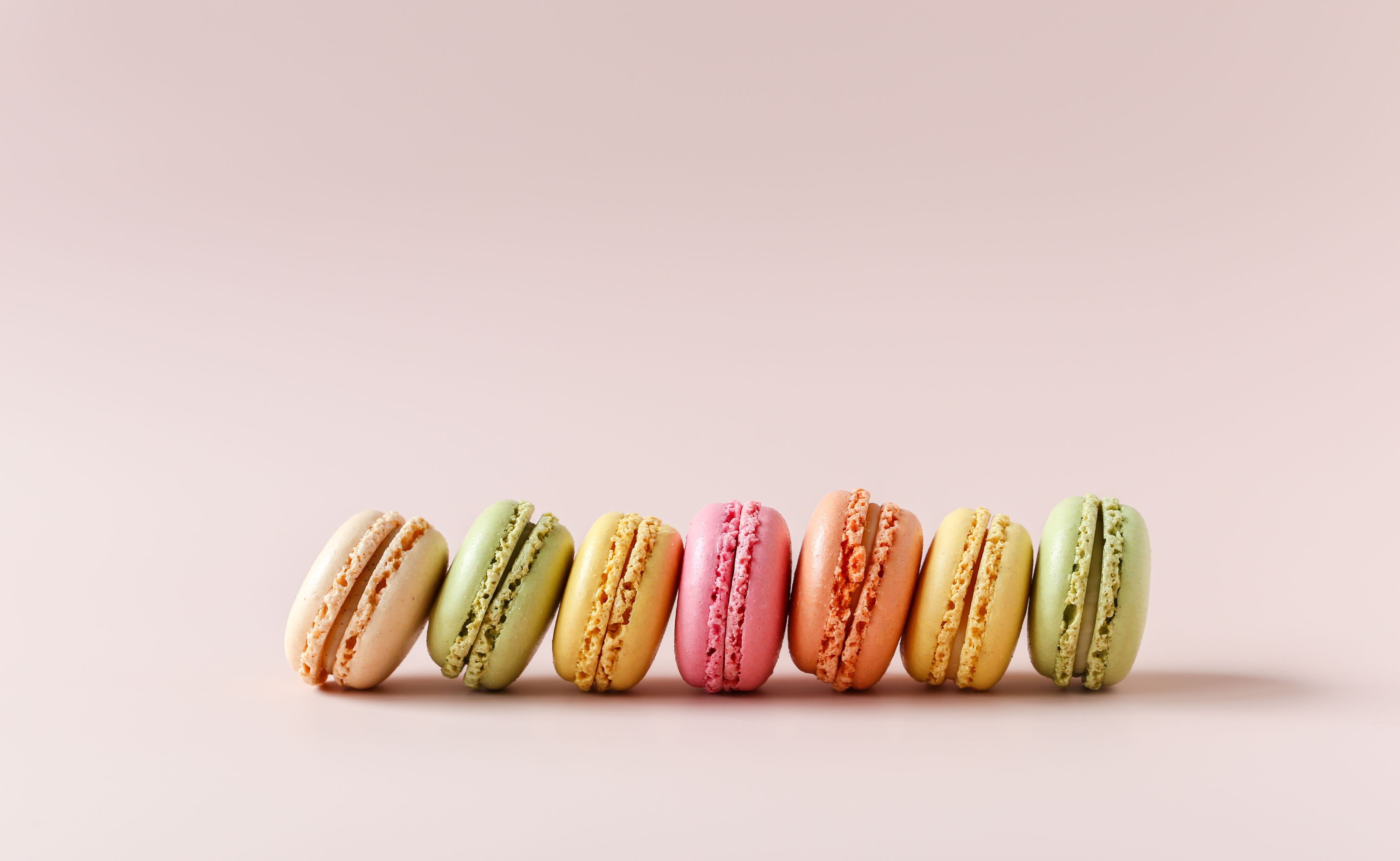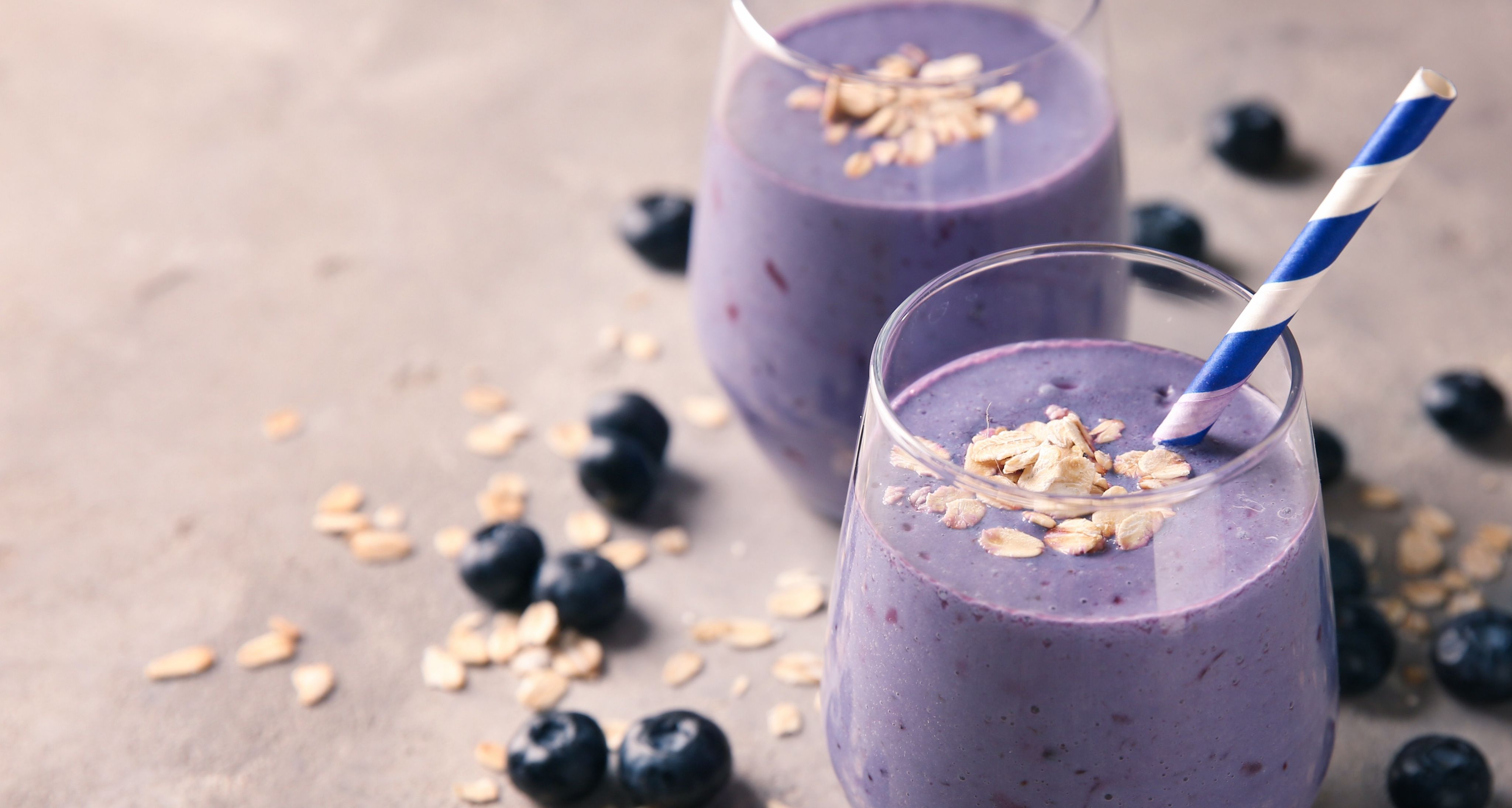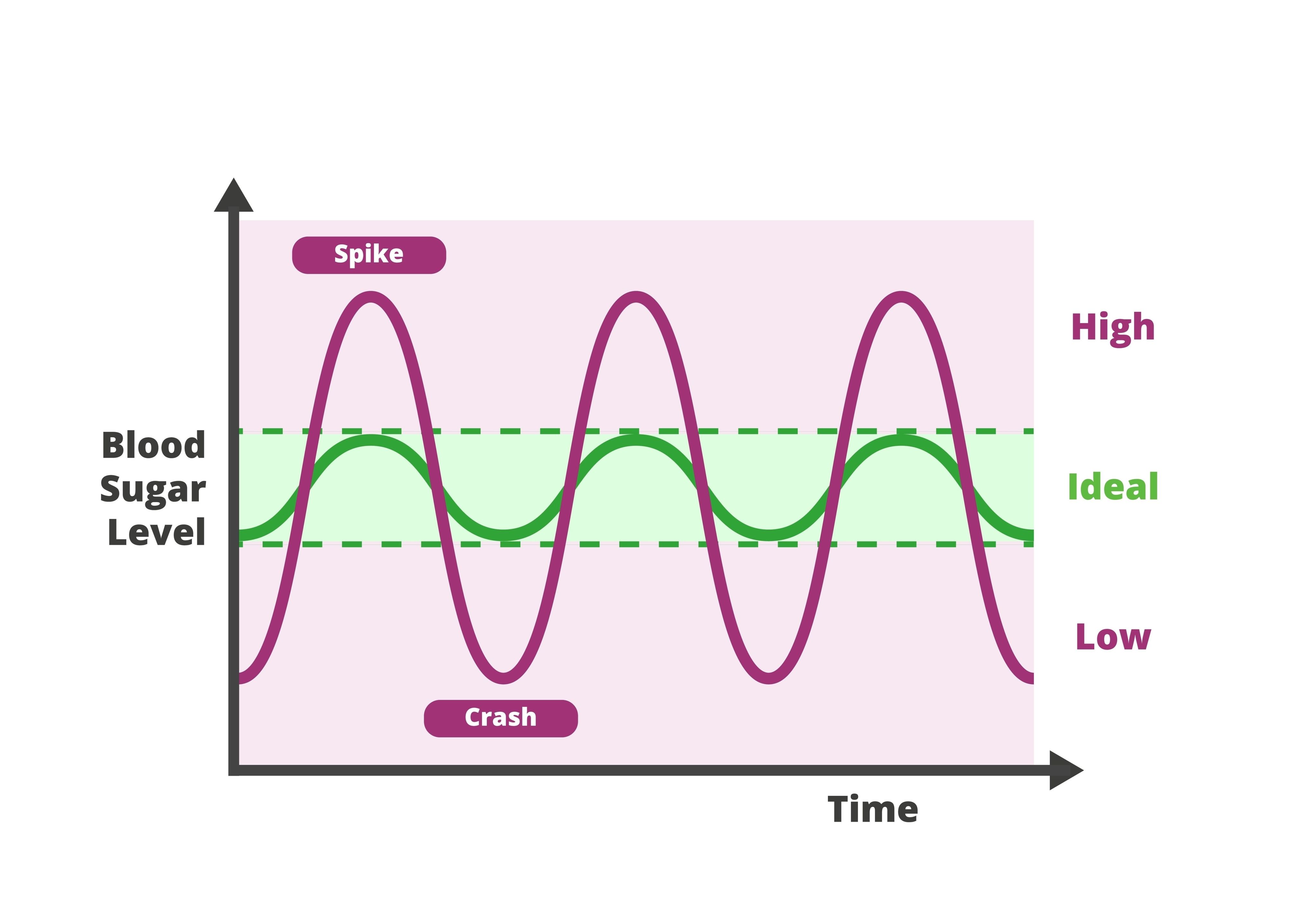The highs and lows of blood sugar
HOW TO PREVENT BLOOD SUGAR CRASHES AND BOOST ENERGY NATURALLY

That mid-afternoon slump — when focus fades and mood dips — is often less about willpower and more about blood sugar fluctuations, according to Bond University nutrition scientist Dr Carolyn English. She has weighed in on these energy rollercoasters.
Why am I tired after lunch?
Your body runs on glucose – the main form of sugar in your blood and your brain’s preferred fuel. When you eat, glucose levels rise and insulin helps move that sugar into your cells for energy.
If your meal is heavy on refined carbs – think white bread, pastries, sugary snacks – glucose floods your bloodstream. Your pancreas responds by releasing a surge of insulin which can overshoot and remove too much glucose from your blood. The result is a dip below normal levels, leaving you fatigued, irritable, shaky or mentally foggy – AKA the 3pm slump.
Keeping blood sugar steady ensures your brain and muscles get a consistent supply of fuel, helping your energy and mood stay even throughout the day.

Should you cut carbs to avoid energy crashes?
Not at all. Carbs are your body’s main energy source. Cutting them out completely can make you feel worse because they provide glucose and essential B vitamins which your cells use to turn sugar into energy. The key is choosing smart carbs such as unrefined whole grains, legumes, fruits and vegetables. These foods come with fibre and plant compounds that slow digestion, letting glucose enter your bloodstream gradually. Refined carbs hit fast and burn out quickly, leaving you shaky, ravenous or emotionally fragile.
What’s the science behind a sugar crash?
A 2021 study in Nature Metabolism found that “sugar dips” – drops in blood sugar a few hours after eating – can impact appetite and energy. People with the biggest dips, nicknamed “big dippers”, felt hungrier, less alert and consumed about 300 more calories than those with smaller dips. It wasn’t the initial spike that mattered, but how far blood sugar fell afterward. In short, swings from high to low are the problem.
How to reduce blood sugar spikes
Here are eight science-backed strategies:

Cool your carbs
Cooking, cooling, and reheating rice, pasta or potatoes creates “resistant starch” which slows glucose release.

Add legumes
Lentils, chickpeas and black beans reduce sugar spikes now and at the next meal – the “second meal effect”.

Pair carbs with protein, fat, fibre
Add avocado, yogurt, nut butter, or eggs to toast.

Add acid
Vinegar or lemon juice lowers meal pH and slows carb breakdown.

Boost potassium
Foods like avocado, bananas and sweet potato help cells respond better to insulin.

Start with veggies or protein
Eating these first slows digestion and the glucose rise from carbs.

Magnesium matters
Nuts, seeds, greens and dark chocolate improve insulin sensitivity, helping move sugar into cells efficiently.

Try pomegranate juice
A small glass with a high-carb meal may blunt spikes thanks to polyphenols, plant compounds that slow carb digestion.
Does meal timing matter or just what I eat?
Both matter. Your body processes carbs best in the morning when insulin efficiency peaks. At night, the pancreas slows down, so a late pasta meal can keep blood sugar high longer than a lunch-time serving.
A protein-rich breakfast with smart carbs, such as Greek yogurt with oats and berries or eggs with wholegrain toast, helps steady energy. Skipping breakfast or starting with coffee and a pastry can set you up for a crash.
Is intermittent fasting effective for blood sugar control?
It can help some people, particularly those with type 2 diabetes or metabolic issues, by improving insulin efficiency. But it isn’t for everyone. Healthy or hormonally sensitive people such as women in midlife may find long fasts lead to fatigue or mood changes. Talk to your GP before experimenting.
Can stress, sleep or exercise affect blood sugar?
Stress triggers cortisol, keeping blood sugar high – useful if you’re running from a tiger, less so at a desk. Poor sleep reduces your body’s efficiency in using sugar, leaving you hungrier and more tired. Exercise helps. A 10-minute walk after meals lets muscles absorb glucose and stabilises blood sugar naturally.
What not to eat for breakfast if you want steady energy
Starting with carbs alone. Toast and jam, croissants or sugary cereal causes a spike and mid-morning crash. A better approach is 25 grams of protein with smart carbs: baked beans or sardines on wholegrain toast, scrambled tofu wraps or a yogurt-oat-berry smoothie. This keeps you full, alert and focused.

What if I eat well but still feel tired or “hangry”?
Persistent fatigue may indicate nutrient gaps: low iron, B12, magnesium or iodine. Too much iron, as in hemochromatosis, can also cause tiredness. If symptoms linger, seek professional advice and get tested.
Published on Wednesday, 22 October, 2025.
Original thinking direct to your inbox

Stories from Bond
